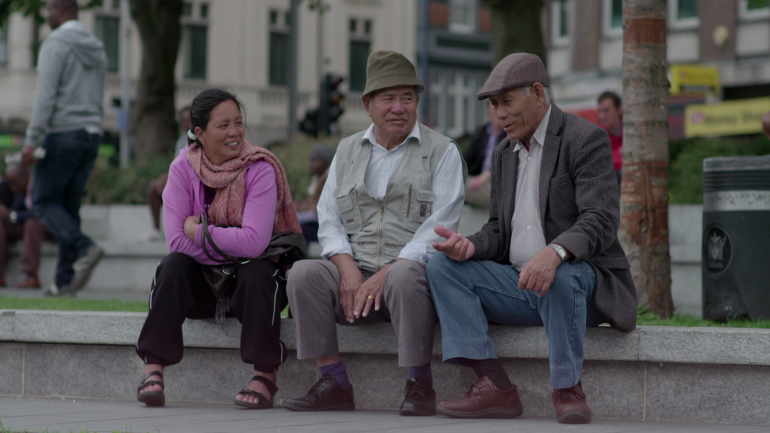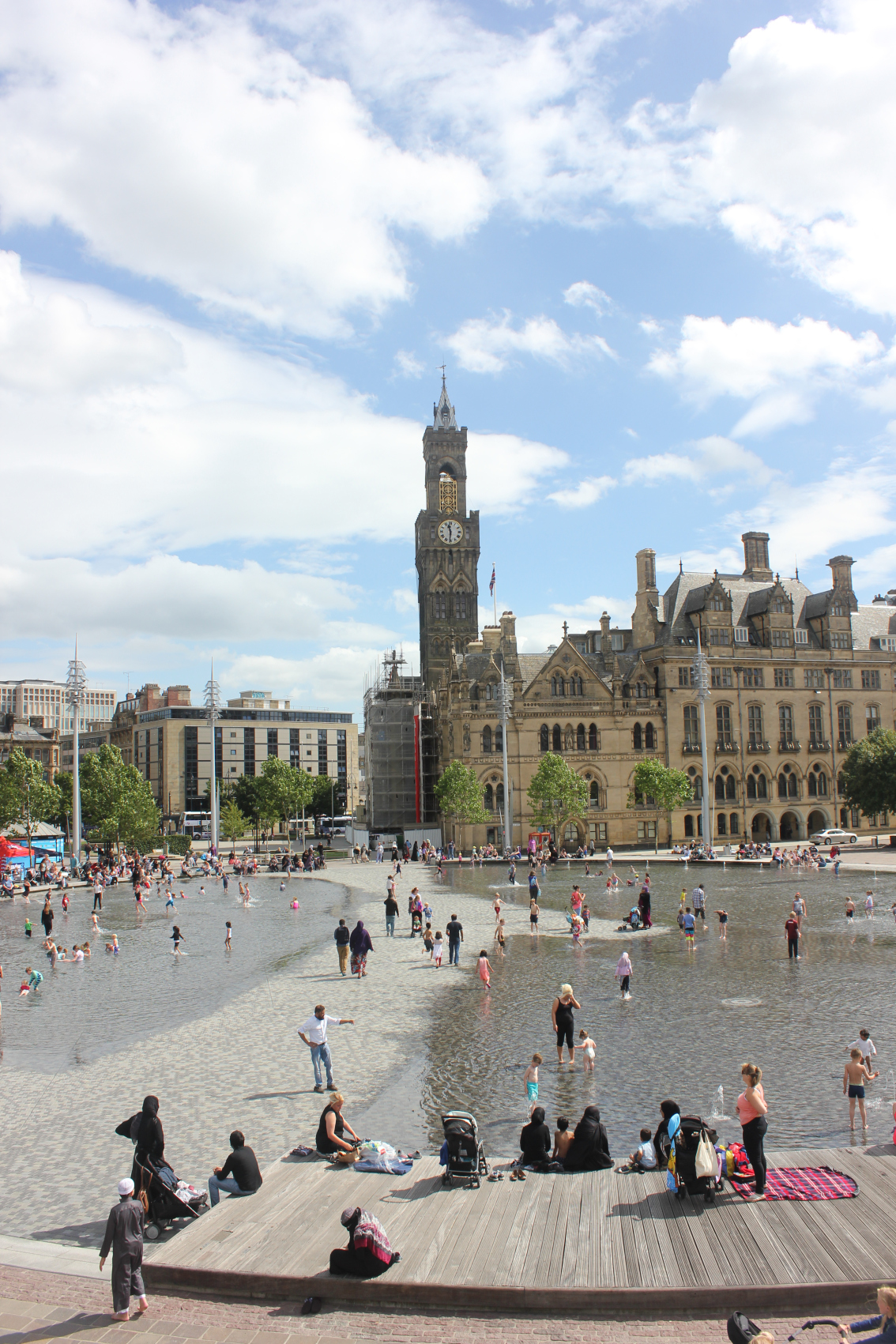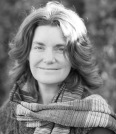Designing for Diversity
From Brick Lane to Liverpool, we know that urban places have been shaped by migration for many decades. But with the EU membership referendum and increased resettlement of refugees across Europe, it seems timely to examine what this means for professional remits within the built environment. The place where you live, what you feel able to do there, and whether you feel that you belong are all themes closely connected to quality of life Landscape architects need to engage with both the cultural resources and challenges of a diverse society. Thoughtful design can improve the social dynamics of a place, ensure resources are allocated equitably, and respond creatively to ways in which people from different cultural backgrounds value outdoor places. This may be about how people enjoy contact with nature, patterns of socialising outside or choice of sports – frisbee or cricket?
Last year the Transcultural Urban Outdoors research group held a symposium in Sheffield which addressed the following questions:
- How does the design of outdoor places support positive social experiences in culturally diverse neighbourhoods?
- How can we plan, design and manage exciting and inclusive landscapes in urban areas characterised by migration?
We are now launching the report from that event: Designing for Diversity: Intercultural Outdoor Places. Six speakers from both landscape architecture and academia addressed topics related to these themes, including the importance of central prestige locations (City Park Bradford), the value of parks as places of shared leisure, and how sitting outside can both reflect ethnic diversity and support local cohesion. The report includes summaries and audio recordings of these.

We are not trying to suggest that the public realm should be a patchwork of targeted interest locations that meet niche needs, or that representing diversity is simply a question of visual symbolism. Instead our argument is that we need to fully engage in continued understanding of the process of living together, and the role of the public realm in terms of the change, and the possible conflict, raised by people sharing urban space.
Ethnic diversity is seen (and heard) in urban outdoor places, and provides a shared understanding of who lives locally. In academic disciplines such as geography and sociology there is increasing interest in ‘encounters’, about how interactions can be positive and convivial, but also have the scope to reinforcing prejudice. It’s important also to be aware of the environmental justice and public health context: that neighbourhoods with high ethnic diversity also tend to be the ones with lower access to good quality green space, higher exposure to air pollution, and with lower investment in high quality urban realm (CabeSPACE 2010; Agyeman, 2013).
In landscape architecture, as in the majority of professions, there is a historic bias towards policy and practice shaped by an academy of north American and European white males. The core urban design texts largely reflect this. And though the social value and affordances of public space is rightly at the heart of many landscape practices, this may be shaped on notions of an ‘average person’ that are simply not ‘fit for purpose’ in times and places of everyday multiculture. It seems important to take time to reflect whether this historic bias has inadvertently limited the breadth of our understandings of sociability and public space.
Planning, design and management of outdoor places cannot solve all issues concerned with urban living, but we would state that it has a role to play. Intelligent public realm design can improve the social dynamics of a place but equally we can see that thoughtless design (and management) can exacerbate problems. What kind of thinking is needed? We argue that cultural competency and confidence of working in diverse contexts should be core to practice in public environments.
The six talks were:
- Critiquing the social dimensions of landscape architecture Noel Farrar. President of the Landscape Institute and Landscape Architect, founder of Farrer Huxley Associates.
- Social innovation for social cohesion in public spaces Noha Nasser. Urban designer and academic.
- Everyday encounters and use of parks Sarah Neal. Reader in Sociology, University of Surrey.
- The social role of the public realm in ethnically diverse areas Susanne Wessendorf. Research Fellow at the Institute for Research into Superdiversity at the University of Birmingham.
- Planning & designing places for people - a City of Bradford Council Perspective Bhupinder Dev (Team Leader Development Plans, MTCP).
- Loitering or lingering? The politics and practice of outdoor sociability Clare Rishbeth. Lecturer in Landscape Architecture, University of Sheffield.
The Transnational Urban Outdoors research group is Clare Rishbeth, Goran Vodicka, and Farnaz Ganji and our work sits within the Place Inclusion and Equity research cluster.


